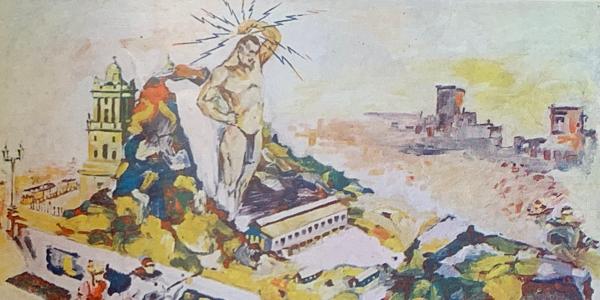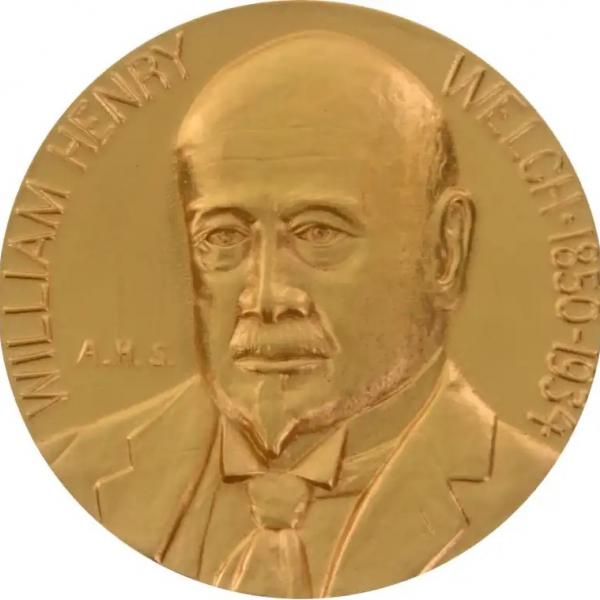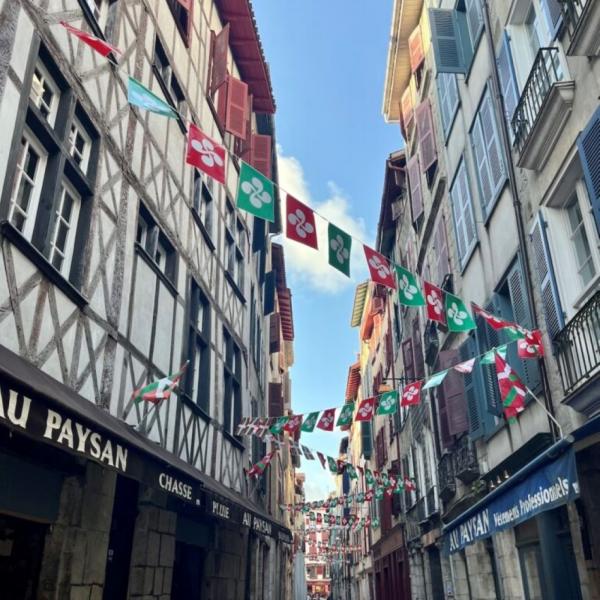An interview with Faculty Fellow Diana Montaño
We inhabit electrified spaces. Utility posts and aerial and underground cables surround us. Our horizon is broken down by high voltage towers, transformers, posts and power lines. In her current book-in-progress, “Electrifying Mexico,” Faculty Fellow and historian of modern Latin America Diana Montaño delves into the making of electrified spaces in Mexico City. Her work looks at how ordinary citizens (businessmen, salespersons, inventors, doctors, housewives, maids, and domestic advisors) saw themselves and their city as modern through electricity. Here, she previews how people and power shaped Mexico City’s fate.
Briefly, what is your book about? What does the history of electrification tell us of Mexico?
“Electrifying Mexico” examines the fluid relations Mexico City residents (capitalinos) established with electricity from the 1880s to1960. The relationship between electricity and society opens a window to understand Mexico’s embrace of technology in its quest for modernity. I argue that electricity played a central role in imagining and crafting the country’s path from the 1880s to the mid-20th century.
Cast as the harbinger of modernity, electricity’s brightness, foreignness and multivalency made it a favorite tool not only for the display of political and national might but also for personal and commercial. Across spatial and temporal stages, government officials, business people, social commentators, inventors, doctors, electrical workers, domestic advisors, housewives and ordinary citizens both sold and consumed electricity. Mexicans became “electrifying agents” who imagined an electrified future and shaped electrical consumption. They did so in symbolic and concrete ways: constructing a discourse for an electrified future and shaping its application. In doing so, they commandeered technological change, actively negotiating modernity.
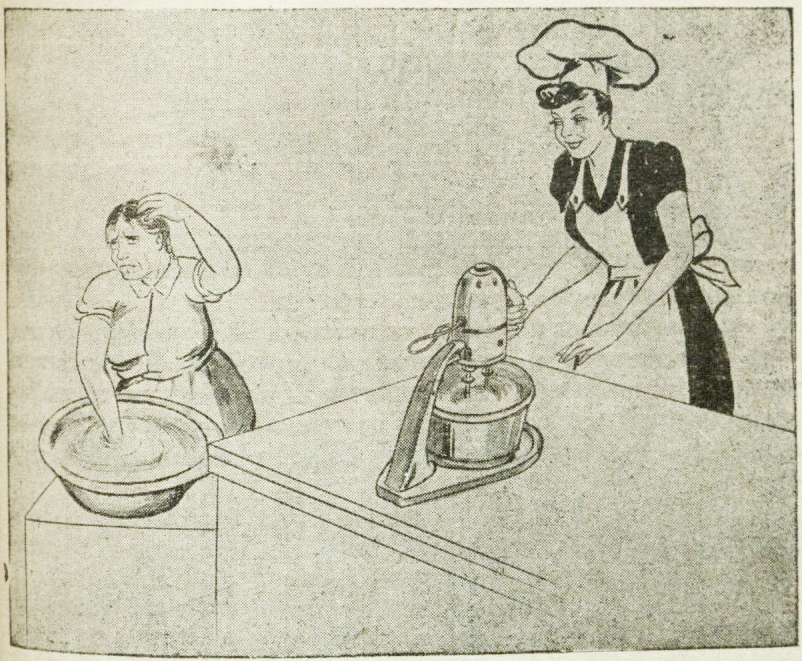
How does the focus on everyday life contribute to understanding these fluid relations?
Technologies have played a dominant role in modern life, with machines among the most ubiquitous symbols and tools of modernity. In popular discussions, technologies appear as “black boxes” — closed off entities that unilaterally change society and culture. Electrification is characteristically portrayed as a universal, progressive and single-stranded narrative. As in the case of big technologies introduced to African, South Asian and Latin American countries, examinations of electricity yield no agency to local societies, which appear as mere “perpetual consumers” of technology, of modernity developed elsewhere. Scholars pushing to decenter the history of technology have demonstrated that far from one-way relations, technologies outside the North Atlantic have interacted deeply with societies and cultures elsewhere, with said interactions entailing at times mutual resistance, accommodation, acceptance and even enthusiasm.
Taking technology as an extension of human lives, “Electrifying Mexico” moves beyond official blueprints to follow individuals on the ground to scrutinize the contested terrain of the city’s electrification. It documents how electrical lighting, power and traction changed ideas of time and space, of body, self, nation and others. In its multiplicity of applications, electricity not only allowed Mexico to imagine itself modern, but also individuals who adopted ideas, behaviors and values associated with it. From a street-level perspective, it shows how, through direct participation, ordinary residents unleashed the technology’s transformative energy into public and private spaces, shaping how they worked and traveled, their civic rituals, how they cooked meals and washed their clothes.
What are the key primary sources for your project? How does your archive reflect your focus on everyday people?
Electricity as a primary engine of a modern society permeated all aspects of life. With this understanding and aiming to ground the study in the experience of everyday life, I amassed a wealth of primary sources. Official and commercial plans to electrify public avenues and civic celebrations found in government records are complemented with newspapers, medical and legal journals, novels and popular sources. Satirical verses in newspapers and the penny press, for instance, took a critical stance on the inefficiencies brought about by the city’s electrification.
Pictorial evidence of tram accidents goes from exvotos (a votive offering to a saint) to Jose Guadalupe Posada’s lithographs and comic strips. Judicial records illustrate the pressure injury claims (from tramway accidents) and power theft cases placed on the legal system. Patent applications show how inventors worked on devices to address bodily harm and power theft. Cookbooks and other advice literature serve as windows into the blunt class and racial connotations that framed the sale and consumption of electrical appliances. The Electrical Workers Union’s magazine and the general-assembly minutes document the syndicate’s call for the industry’s Mexicanization and reveal the gendered language and imagery that permeated union-produced literature, which cast workers as a new generation of revolutionaries fighting a rapacious foreign company.
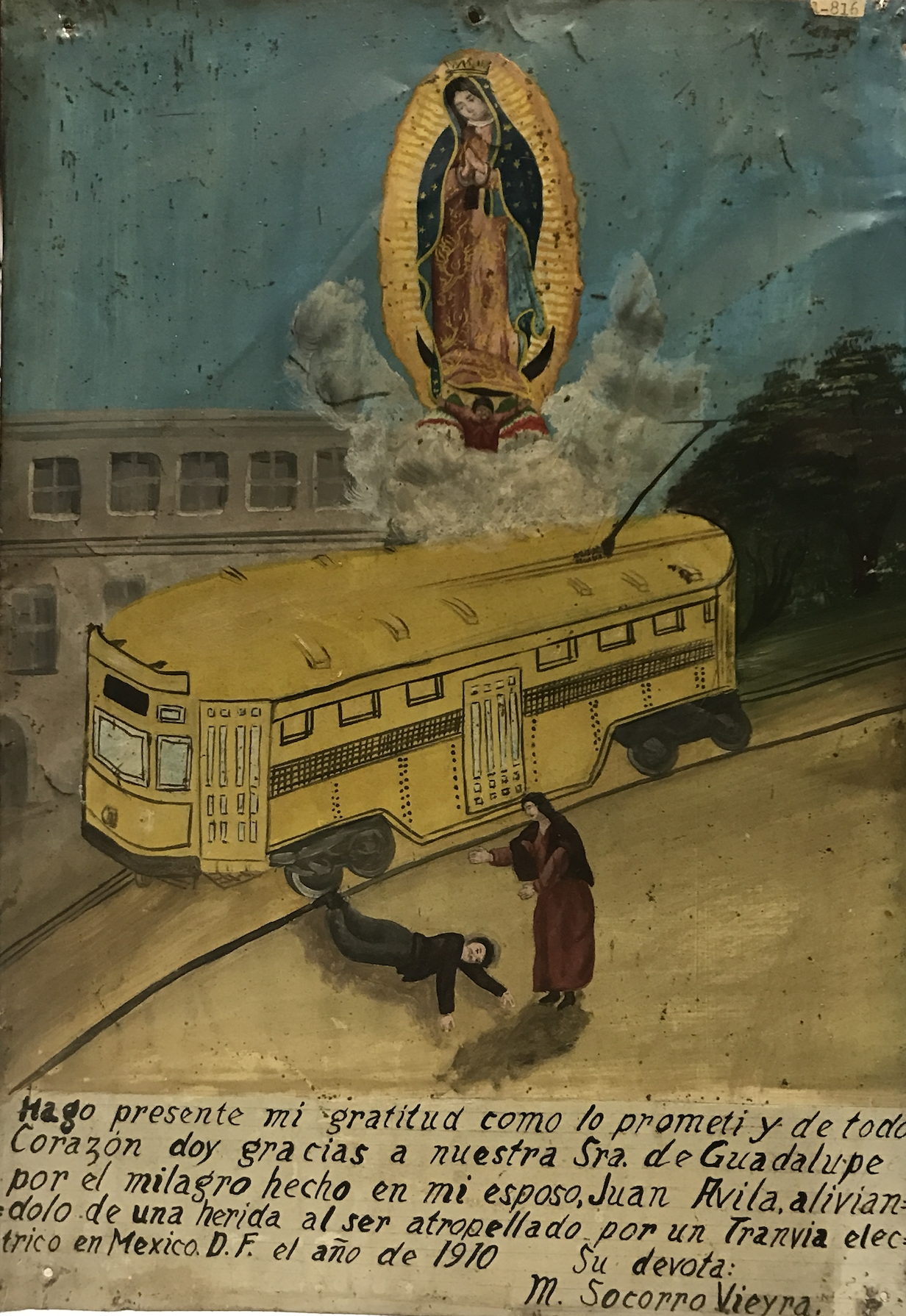
What were some of the types of new electric technologies that made the biggest impact on the lives of capitalinos? How did they incorporate them into their lives?
The electrification of the tramways in 1900 had a profound impact on the lives of capitalinos. Electrocutions, tram accidents and power theft were everyday realities that accompanied the ongoing process of electrification. Tram accidents bring forth how collective hopes for an ordered, sanitized, efficient capital comingled with a “more complicated, riskier, more fragile” reality. The analysis of accidents allows us to enter the entrails of the construction of urban modernity.
The tramway system’s performance was contingent not only on machinery and the transformation of public space — equally important was the behavior of those who inhabited it. Service was organized through regular and scheduled stops, traffic regulations, skilled drivers and conductors, passengers’ “proper” behavior in and out of the cars, as well as calls to modify to how pedestrians navigated streets. This multiplicity of actors meant there was considerable space for mishaps. Captured daily in gruesome textual and visual language, the allocation of responsibility worked to symbolically tame their deadly force and appropriate them.
Headline photo: Cover image, Electra, vol. 4, no. 55 (February–March 1930). Courtesy Diana Montaño.

